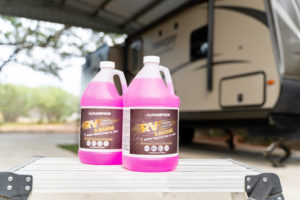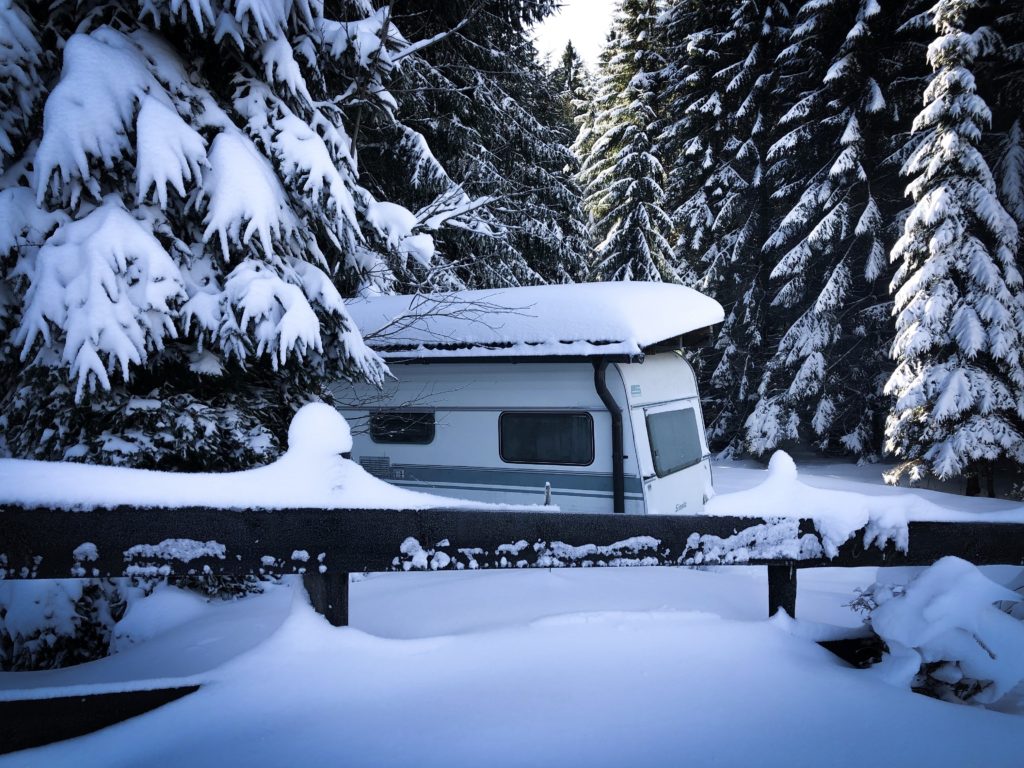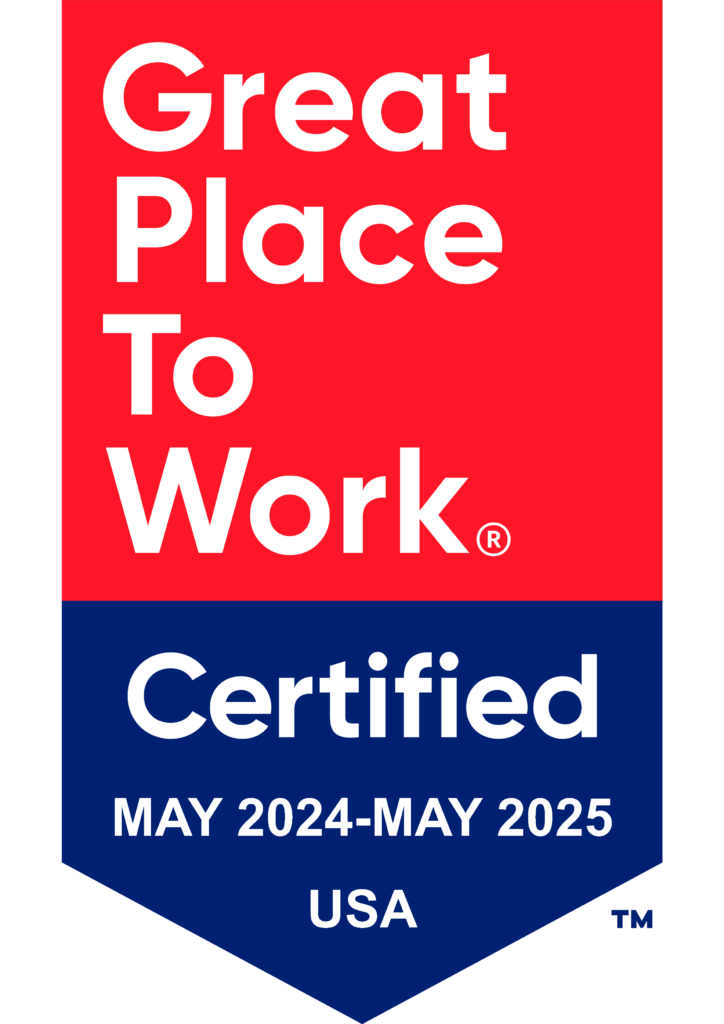When Should You Winterize Your RV?
When the temperatures are dropping, and you’re getting ready to hunker down for the winter, you should prepare to winterize your RV.
New camper owners might think they can park their camper in storage and be set for the winter but, if you don’t take any steps to prepare for freezing temperatures, you may end up sacrificing the longevity of your camper.
Klean Matters wants to help you protect your investment, or what may even be a home, by giving you a few essential steps you can take to keep your RV in the best shape possible. Please refer to your owner’s manual prior to winterizing as directions may differ by manufacture.
How to Winterize an RV
The biggest threat to keeping your RV in working condition through the winter is your pipework freezing. Once the water in your pipes freezes, it expands and creates cracks requiring costly and time-consuming repairs. Avoid the risk by starting your preparations as the temperatures dip into the 30s and 40s, and you can start by referencing this list!
As an extra tip, when storing your RV for the winter it’s best to lay a few rodent and bug traps throughout the space to discourage any pests from making your RV their winter hideout.
Before starting your winterization procedures, you should know what kinds of antifreeze will work best with your vehicle.
RV Antifreeze Options
When deciding which antifreeze to choose from, we recommend Champion Blended RV & Marine Antifreeze or Champion Premium RV & Marine Antifreeze. Both of these options are created specifically for winterizing recreational vehicles and is considered GRAS (Generally Recognized as Safe) by the Food and Drug Administration, but what sets them apart?

Champion Blended RV & Marine Antifreeze:
- Burst-proof protection down to -50° F
- Ready to use
- Alcohol blend
- Non-staining formula
- Safe for metals and plastic (except acetate)
- Heat-sealed bottle
- Filtered for purity
Champion Premium RV & Marine Antifreeze:
- Burst-proof protection down to -50° F
- Ready to use
- Alcohol-Free
- Non-staining formula
- Safe for metals and plastic (except acetate)
- Non-toxic when used as directed
- Odorless
- Heat-sealed bottle
- Filtered for purity
Both options will perform well and get the job done. It just depends on what benefits you prefer.
Where to Find RV Antifreeze for Your Winterizing Needs
Klean Matters, where you will find where to purchase our Champion RV Antifreeze products and also as winter approaches be sure to check out our Champion Windshield Washer Fluid products.
Need some assistance? The professionals at Kleanmatters can help. Please contact us to learn more.


